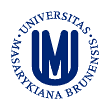Fetopathology and developmental pathology of the embryo and fetus
Marta Ježová, Josef Feit et al.




Note: not all triplod gestations are partial moles — see chromosomal aberrations and fetal triploidy.